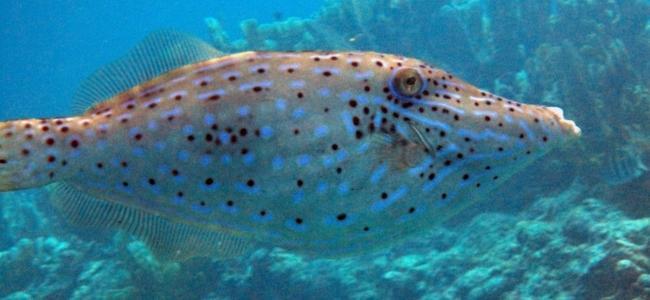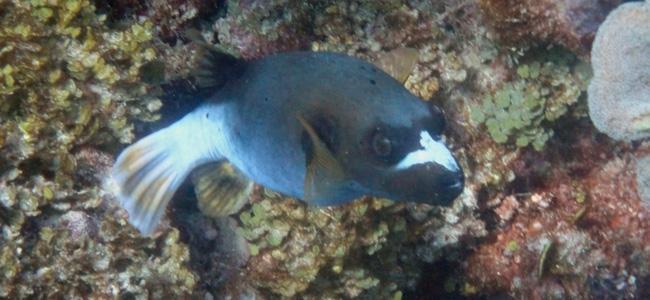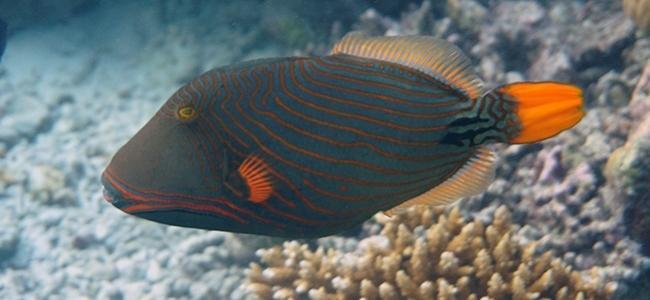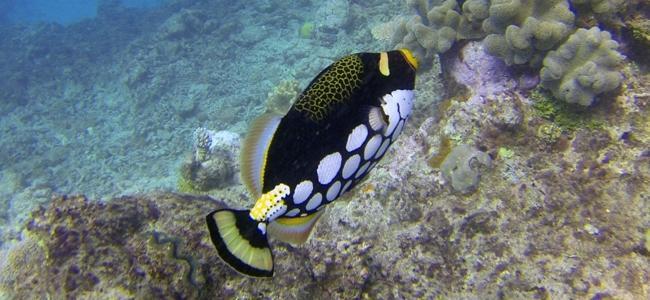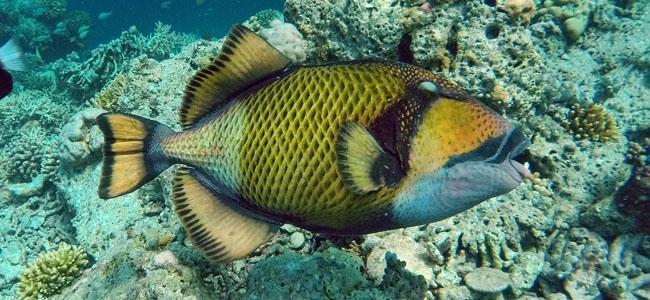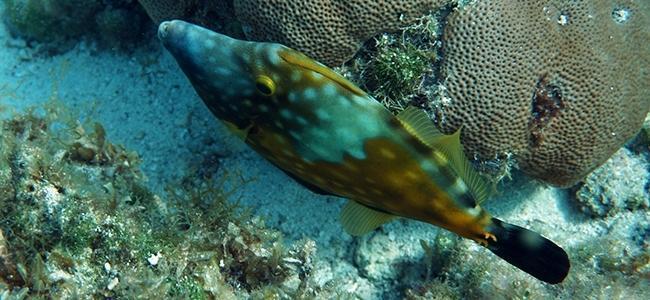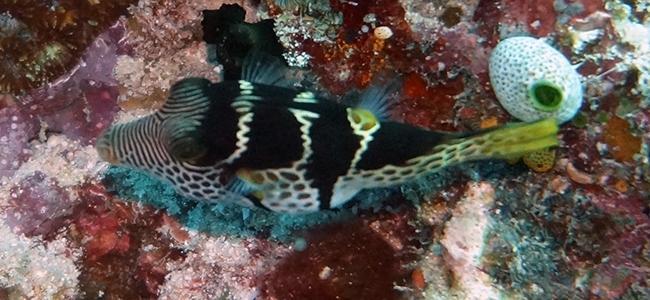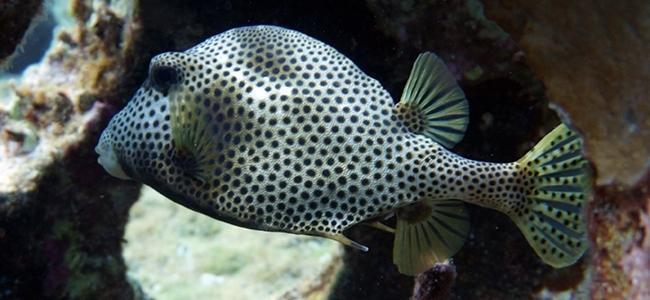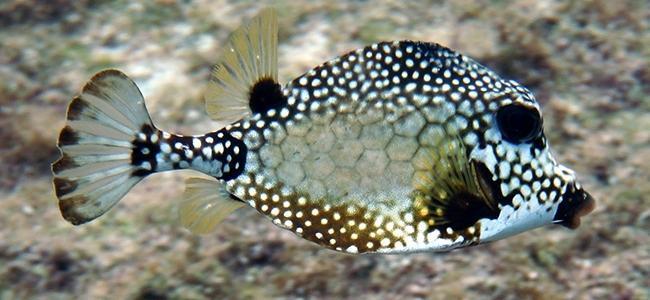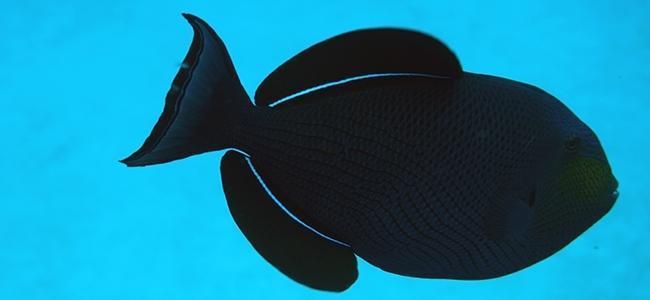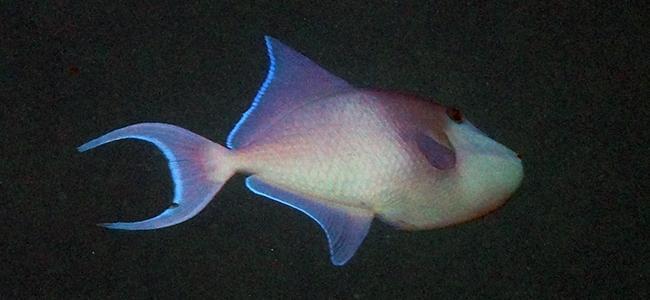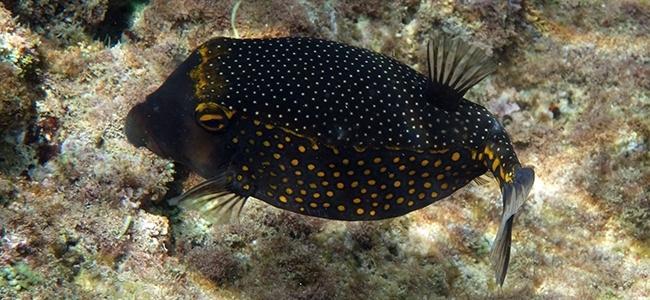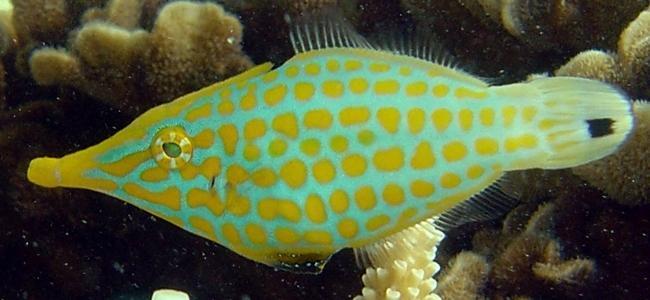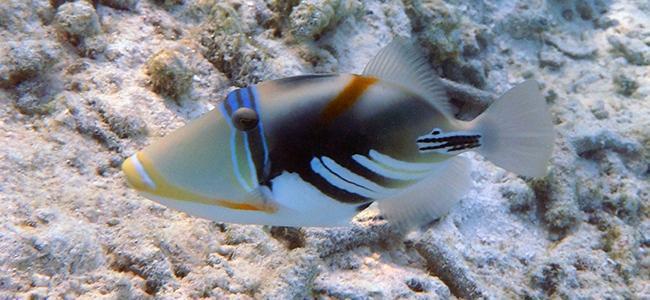Tetraodontiforms are a group of fishes characterized by body shapes that are strange to the archetype in most fishes. They range from cube or triangular shapes (Ostraciidae) to globular (Tetraodontidae) or laterally compressed (Monacanthidae).
The body of the Tetraodontiforms is generally inflexible and the wave motion is limited to their caudal fin, which makes them slow moving but precise fish, where the momentum is generated by their pectoral and caudal fins. The gill openings are small and located anteriorly to the base of the pectoral fin. Lateral line can be absent or present, and in the latter case it can be multiple.
The scales are generally modified to form spines, shields or plates that give the Tetraodontiforms a degree of fortification or armor, clearly necessary due to the generally slow movement that we have previously discussed. Other defensive strategies within the Tetraodontiforms group, consist in that certain species have a highly modified stomach that allows them to inflate the body and considerably increase the diameter of their body. The inflation occurs by the intake of water when the fish is in a state of danger. Once the danger has passed, the fish deflates by expelling the water through its mouth. Other Tetraodontiforms fishes have opted for the secretion of toxins, mainly tetrodotoxin, with high neurotoxic powers that prevent other marine animals from attempting to feed on these Tetraodontiforms fishes.
They feed mainly on Crustaceans, so they have adapted their teeth to form a robust beak, generated by the fusion of the teeth, which allows them to ingest without any problem invertebrates with hard shells. Tetraodontiforms can generate sounds produced by the friction of the jaws or by vibrating the swimming bladder.
There are about 435 species organized in 5 suborders, 10 families with approximately 106 genera. Of all these species, only 14 occur in fresh water, and 8 in brackish water.
